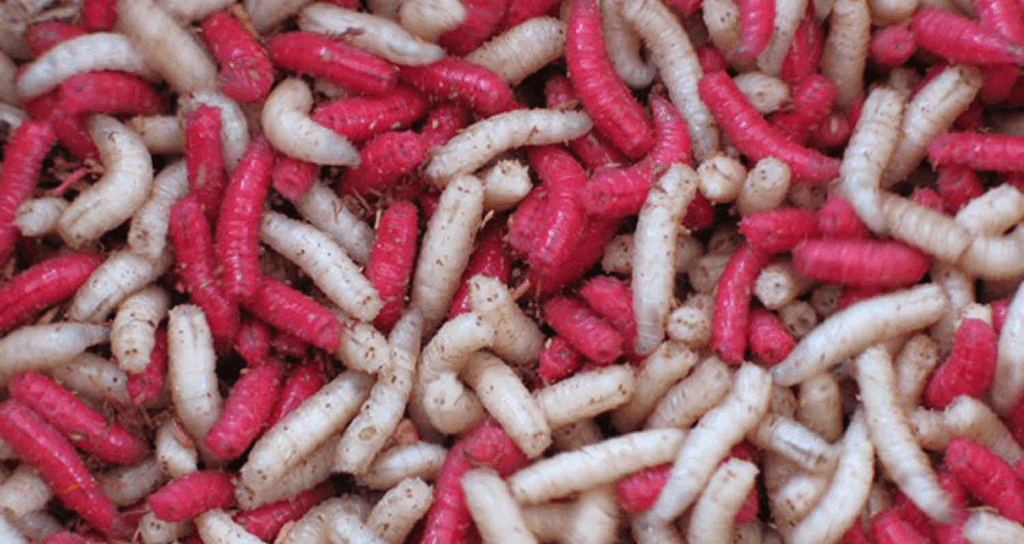As we move into autumn and early winter there can be little doubt that maggot and maggot feeders are the thinking barbel anglers’ go-to approach, particularly on the Trent, although I have no doubt whatsoever that they will work everywhere. Barbel love ’em. Always have, always will.
When the barbel boom struck much attention was directed towards pellets, pastes, boilies and hemp. For a while the majority of barbel anglers used a combination of them.
Like any fad the novelty began to wear off and today we see maggots making a significant come-back.
Indeed it is not a stretch to suggest they have become a bit of a fad with recent converts to barbel fishing as they are remarkably effective on short sessions, for example, arriving as dusk approaches and fishing for a few hours into darkness.

There’s clearly a case of history repeating itself with maggots. I caught my first Trent barbel in the mid-1980s and by the mid-1990s I was deliberately targeting them along with Archie Braddock. Archie had done virtually all the groundwork being an early pioneer of Trent barbel fishing. We would arrive on the river in late afternoon and deliberately set out our stall to catch barbel. Hard to believe these days that we inevitably had the river to ourselves. You’ll be able to find more about those times in my new book, the Mighty Trent, due for release on 6th November.
Anyway, guess what was our first bait choice thirty years ago? That’s right, maggots. Or in this instance dead ones, flavoured with the flavours Archie himself had developed. I will say this, blanks were very rare.

Back in those days we tended to use larger hooks, mostly Star Points, loaded with up to 25 maggots. Today, folk try to be a little more sophisticated using smaller hooks and perhaps just 3 or 4 maggots on the hook.
I’m not saying maggots will single out huge barbel to the exclusion of smaller samples but they are one bait that increases your chances of action.
Give it a go.












Leave a Reply